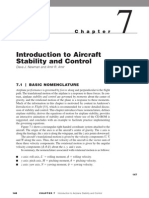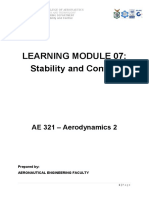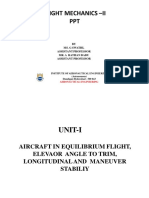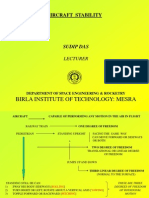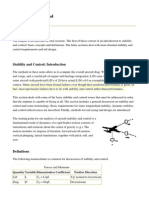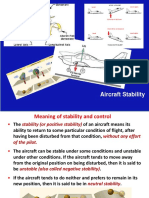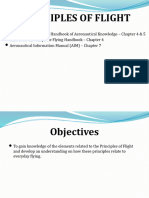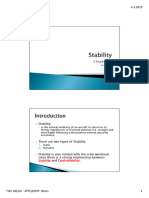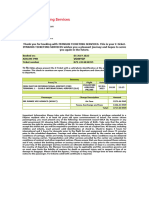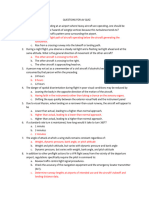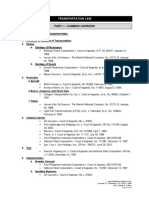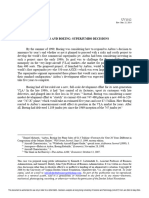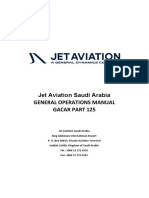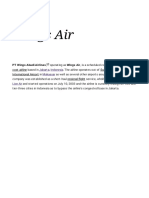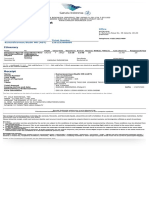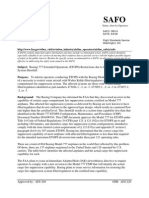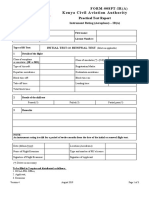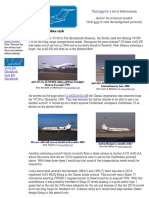0% found this document useful (0 votes)
61 views25 pagesLecture 24 - Introduction To Stability
The document provides an introduction to airplane stability and control, focusing on how an aircraft responds to disturbances and the design considerations necessary for maintaining control during flight. It discusses the concepts of static and dynamic stability, as well as the importance of various forces and moments acting on an aircraft. Key components responsible for stability and control, such as the vertical tail and control surfaces, are also highlighted.
Uploaded by
salehaabidmnCopyright
© © All Rights Reserved
We take content rights seriously. If you suspect this is your content, claim it here.
Available Formats
Download as PPTX, PDF, TXT or read online on Scribd
0% found this document useful (0 votes)
61 views25 pagesLecture 24 - Introduction To Stability
The document provides an introduction to airplane stability and control, focusing on how an aircraft responds to disturbances and the design considerations necessary for maintaining control during flight. It discusses the concepts of static and dynamic stability, as well as the importance of various forces and moments acting on an aircraft. Key components responsible for stability and control, such as the vertical tail and control surfaces, are also highlighted.
Uploaded by
salehaabidmnCopyright
© © All Rights Reserved
We take content rights seriously. If you suspect this is your content, claim it here.
Available Formats
Download as PPTX, PDF, TXT or read online on Scribd
/ 25




